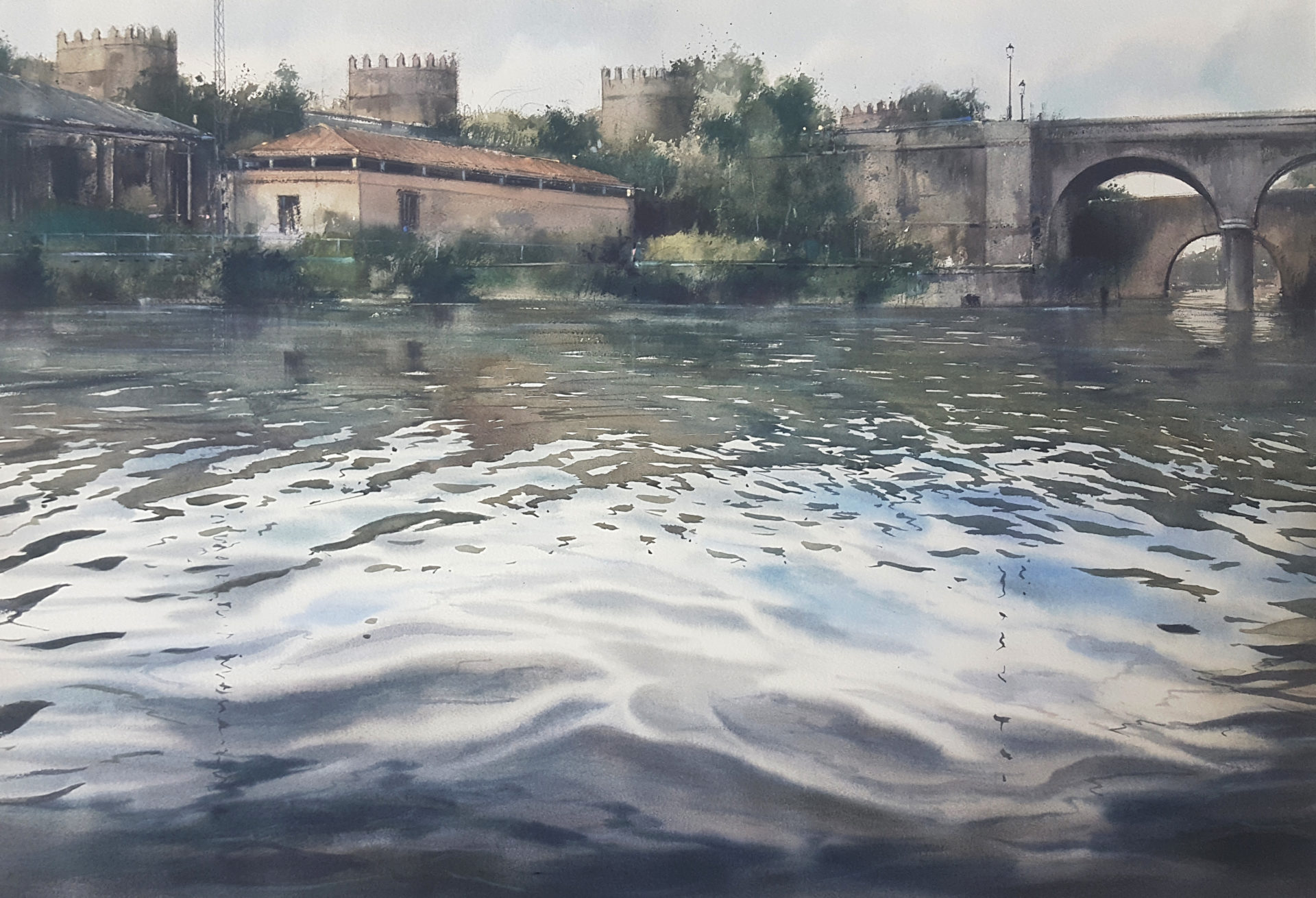TIMING IS EVERYTHING
So much of mastering watercolor is about timing, knowing when the paper is wet enough but not too wet, when it’s the right moment to add the next wash. I like mixing my colors directly on the paper so that they blend or melt into one another. To achieve soft edges, you have to know when to apply the paint based on how much water you’ve mixed with it. For hard edges, you have to let your surface dry completely. The ability to figure out that timing and understand these properties of watercolor develop over time, if you stick with it.
— David Savellano
LESS IS MORE
As an impressionist painter, I try to convince the viewer that they are looking at an object that I have created with brushstrokes and value. Over time, I’ve come to realize that the simpler the shape, the more power it can have. Now, I purposely try to create each shape with as few brushstrokes as possible.
— Ron Stocke
THE SUBTLE APPROACH

For me, the most important aspect of a painting is that it captures the real atmosphere of the place, not an illustration. Stay away from colorful scenes helps you to avoid that kind of artificiality. When possible, use only two dominant colors and a few touches of their complements in a painting, and never use the three primary colors at the same time. In the focal point, add dots of a brighter version of a color from elsewhere in the painting to attract the attention of the viewer. It’s important that a watercolor has uniformity; “unity in diversity” is the key.
— Pablo Ruben
KEEP A SPRAY BOTTLE OF WATER HANDY
Water is the kiss of life in watercolor. It’s the oxygen. When you need to reactivate a section of your painted surface, hit the area with a spritz of water.
— Joseph Zbukvic
GIVE IT TIME
Watercolor is both more spontaneous and more unforgiving in terms of overworking. The more you work it, the worse it gets. But on the other hand, even if you are not sure if it is working — and every painting goes through that stage — get it at least 80 percent done before you decide if it is going to work or needs to be scrapped. If it does need to be scrapped, just get a new piece of paper and try again.
— Brienne Brown







